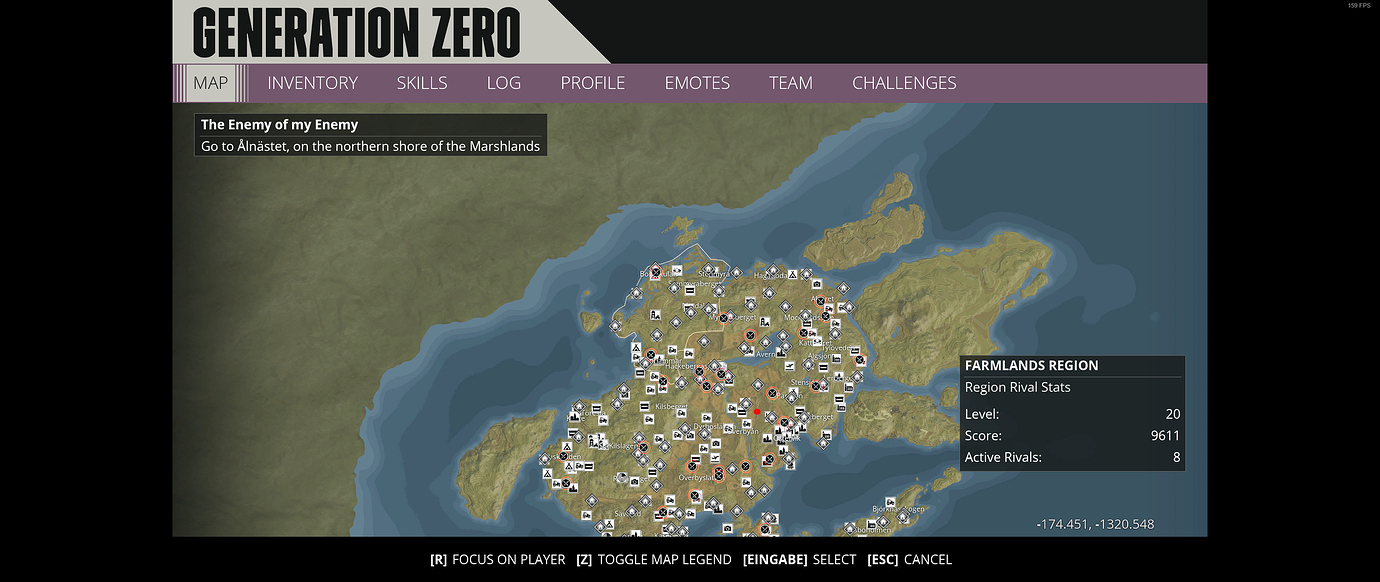


Stefanakis also mentioned the map coordinate system as an important parameter. illustrated case studies on vector data in combination with big data. conducted case studies on raster tile implementation, while Xiaochuang, Wan et al. have described the current status of geoportals and basemaps. This technology has since been adopted by most web map services. Zooming on the map only downloaded tiles other than those initially displayed. This consisted of generating map tiles in advance, and only pre-generated tiles were displayed at the user’s request, and not the entire map. In 2005, Google introduced Google Maps based on slippy map technology. This technology was also applied in MapQuest’s Web Map, which was the most popular Web Map from 1996 to 2009. A user-generated interactive map was created for the first time in 1993 at the Xerox Palo Alto Research Center, though the map was re-generated each time the server was queried. The first web maps were generally only scanned images that were uploaded to a server. Web map development began after 1993, when placing images on the web became possible. This system is very similar to today’s map tile technology. Each additional area was located on a different sheet, and if users needed to combine maps to create a map with a larger area, they had to place the sheets side by side. Tiles were compared to a system of tourist maps that only showed selected areas on a large-scale map sheet. Goodchild mentioned the concept of map tiles when web maps were seldom applied. Leaflet Providers gives an overview of dozens of raster basemaps. Major web mapping services such as Google Maps and Mapbox, for example, have begun the migration from raster tiles to vector technology, though many other map services still rely on raster tiles, typically in satellite or aerial basemaps (including worldwide and well known portals such as Bing Maps, ArcGIS Online,, etc.), many derived from OpenStreetMap (e.g., Mapnik, Stamen, Positron, OpenTopoMap, etc.), basemap layers by Esri (WorldStreetMap, DeLorme, WorldTopoMap, etc.), national and regional map services (e.g., Czech Cadastral Office), or custom generated data for local purposes. While raster-based applications are the de facto standard today, vector tiles are becoming a more popular solution. All of the objects on a map can then be manipulated using JavaScript, can be queried, their symbology can be changed, and much more. A potential solution is vector tiles, which still employ the principle of dividing maps into squares, but instead of images, vector objects are loaded. Today, maps require dynamic, fluid, fast, and interactive properties. Today’s user requirements are very different to the requirements of 14 years ago. Tile formats have been experimented with to generate tiles on demand and change the size and resolution of the tiles, however, the methods have not seen any major changes since. Web applications have seen major changes since 2005, although tiled web map technology is still used in almost identical form.
#GENERATION ZERO MAP ZOOM PORTABLE#
Generally, the WebP format downloaded about three times fewer data than Portable Network Graphics (PNG). More data, but only one or two tiles, were downloaded for vector tiles in zoom and move interactions, while 40 tiles were downloaded for raster tiles for the same interactions.

The observed results provide a comprehensive comparison according to specific interactions. Based on eight pilot studies, performance testing on loading time, data size, and the number of requests were performed. This method simplifies changing symbology or topology. Only vector geometry is stored on the server, while symbology, rendering, and defining zoom levels run on the client-side. This method has a few disadvantages: if any change in the dataset is required, the entire tile-generating process must be redone. All tiles are generated according to a standardized scheme. The concept behind raster tiles is based on pre-generating an original dataset including a customized symbology and style. This article describes an experiment to test both raster and vector tile methods. Raster tiles are currently considered as a regular solution, while the use of vector tiles is becoming more widespread. Recent developments in web map applications have widely affected how background maps are rendered.


 0 kommentar(er)
0 kommentar(er)
